It is regarded as the ministry’s big campaign starting from September to December 2022. Four expressways are segments of the North-south Expressway project with a total length of 361 kilometers under the Eastern North-South expressway that covers a total length of 654 kilometers.
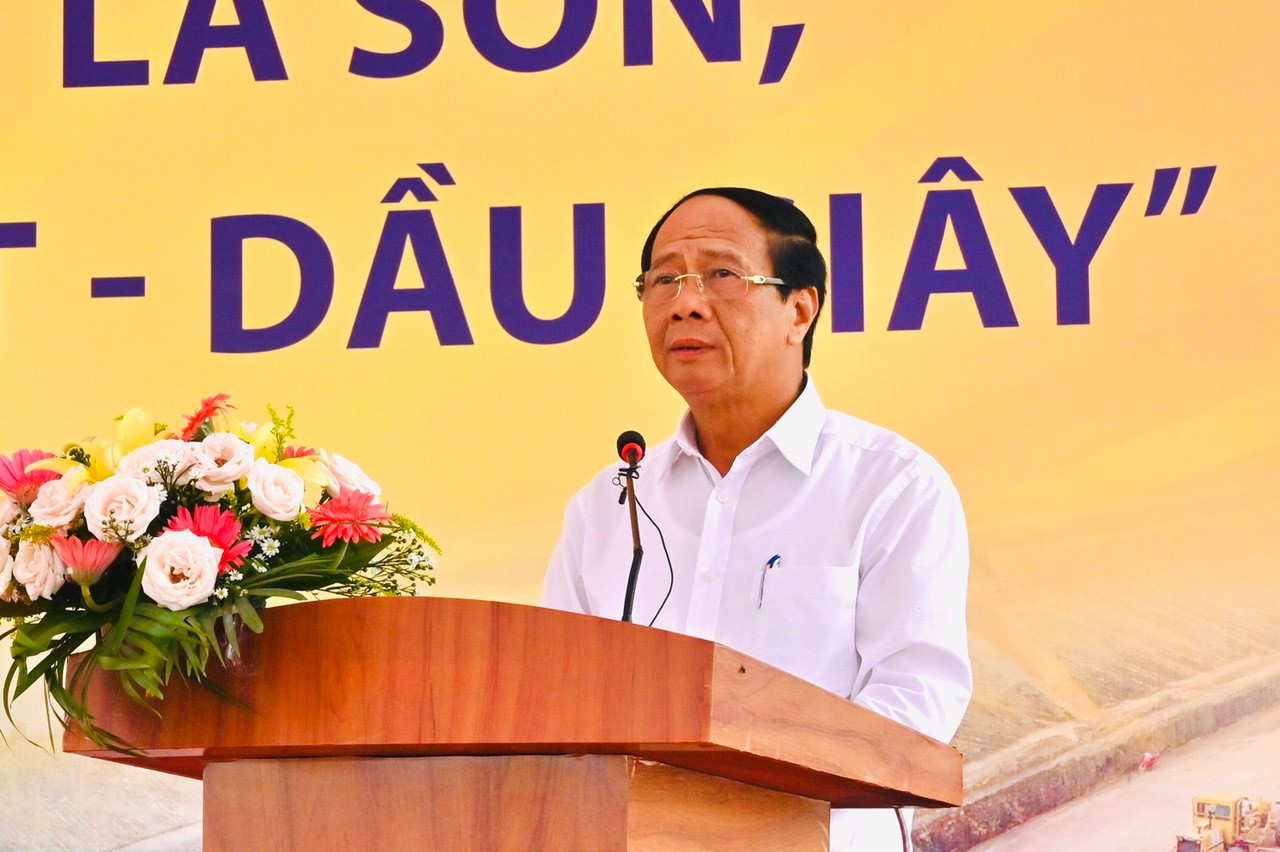
photo: Deputy Prime Minister Le Van Thanh
The progress of the four projects is slower than planned because of some objective and subjective problems. There are large volumes of projects that have not been finished yet.
Accordingly, the 4 construction projects of expressways, including Mai Son-National Highway 45, Cam Lo-La Son, Vinh Hao-Phan Thiet and Phan Thiet-Dau Giay have been asked to be completed at the end of 2022.
.jpeg)
In which, the 101-km Vinh Hao-Phan Thiet expressway runs through Binh Thuan Province in south central Vietnam. Construction began in November 2020 and is expected to be finished by the end of this year. It will have six lanes and cost nearly VND11 trillion. According to Project Management Board 7, the work is more than 48% complete but 2% behind schedule.
The Phan Thiet-Dau Giay Expressway is 99 kilometers long, 47 kilometers in Binh Thuan Province and the rest in Dong Nai that borders HCMC. Construction began in September 2020 and is expected to be finished by the end of this year at a cost of more than VND12.5 trillion. The highway will be more than 32 m wide and have six lanes.
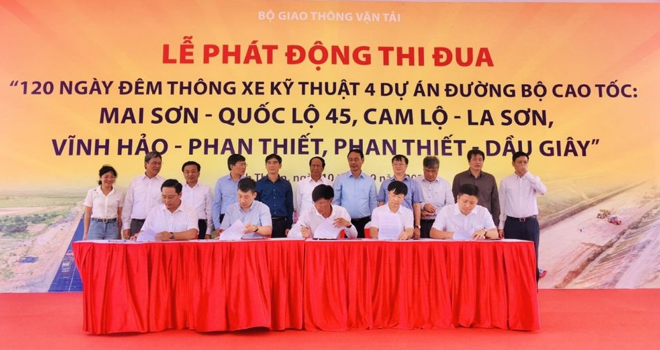
Speaking at the event, Deputy Prime Minister Le Van Thanh highly appreciated the efforts of the local authorities in implementing site clearance work and providing materials to the projects, hard-working engineers and workers regardless of the time, day or night in promptly carrying out projects on construction sites. He encouraged staff members and investors to overcome challenges to complete projects on time to meet the target set by the government and the Prime Minister
Among the four segments to be completed this year, the Mai Son-National Route 45 will be 63.4 km long, pass through Ninh Binh and Thanh Hoa provinces and cost more than VND12.1 trillion (US$515.7 million), with the money coming from the government's coffers.

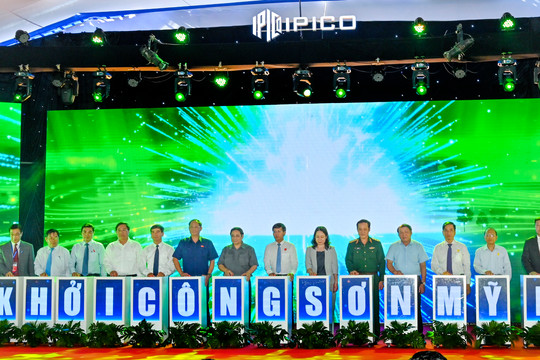

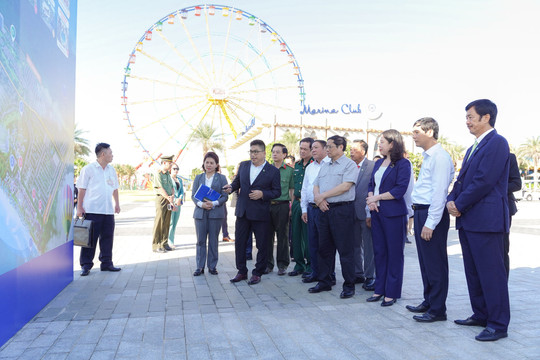

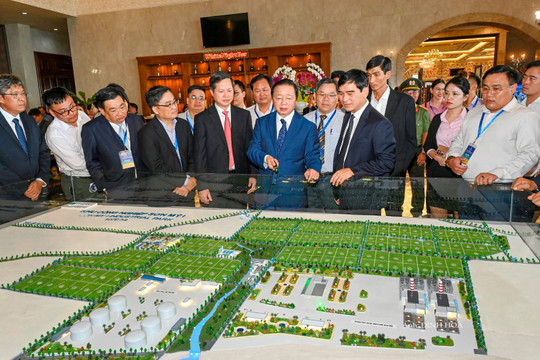


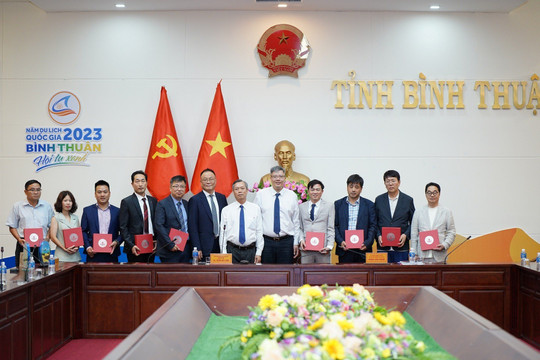
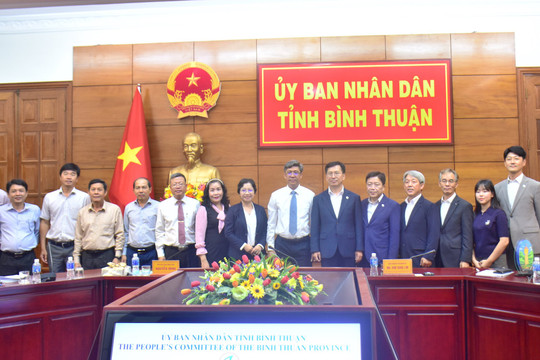










.jpg)





.jpeg)

.jpeg)


.jpeg)




